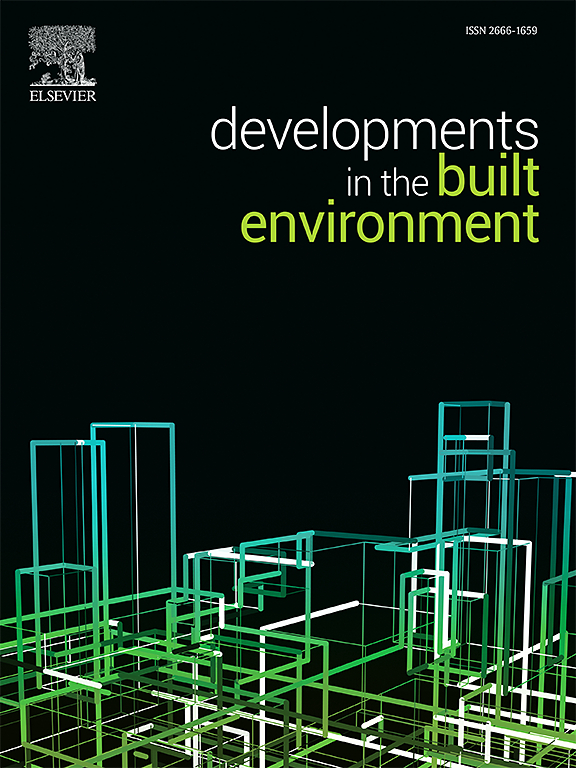Effect of normal and PCE-Modified C-S-H seeds on cement paste properties: A statistical approach using local polynomial regression and functional ANOVA
IF 8.2
2区 工程技术
Q1 CONSTRUCTION & BUILDING TECHNOLOGY
引用次数: 0
Abstract
Calcium silicate hydrate (C-S-H) seeds have emerged as a viable option for accelerators in concrete. The study investigates influence of synthetic C-S-H nanoparticles, unmodified (Normal_CSH) and polycarboxylate ether-modified (PCE_CSH), on setting behaviour, workability, strength development, and shrinkage characteristics of cementitious systems. Rice husk ash and carbide slag, two industrial waste materials, are used as sources of silicon and calcium for synthesis of C-S-H. Local Polynomial Regression and Functional ANOVA employed to statistically model and interpret effects of C-S-H. Compressive strength at 1, 3, 7, 28 days showed that both C-S-H types improve early-age strength, with peak gains up to 79 % at 2 % PCE_CSH. Optimal strength performance occurred within 1.3 %–2.5 % dosage, beyond which agglomeration effects limited further gains. Increased early-age shrinkage was observed, attributed to accelerated hydration, microstructural densification, and internal self-desiccation. The study establishes C-S-H, particularly PCE-modified form, as a promising additive for enhancing early performance in cement-based materials.
正常和pce改性C-S-H种子对水泥浆体性能的影响:采用局部多项式回归和功能方差分析的统计方法
水合硅酸钙(C-S-H)种子已成为混凝土中加速剂的可行选择。该研究调查了合成C-S-H纳米颗粒,未改性(Normal_CSH)和聚羧酸酯醚改性(PCE_CSH)对胶凝体系的凝结行为、和易性、强度发展和收缩特性的影响。稻壳灰和电石渣这两种工业废料分别作为硅和钙的来源,用于合成C-S-H。采用局部多项式回归和功能方差分析统计模型和解释C-S-H的效果。1、3、7、28天的抗压强度表明,C-S-H两种类型的抗压强度都提高了早期强度,在2% PCE_CSH时,峰值增幅高达79%。最佳强度性能出现在1.3% - 2.5%的剂量范围内,超过此剂量,团聚效应限制了进一步的增强。由于加速水化、微观结构致密化和内部自干,观察到早期收缩增加。该研究确定了C-S-H,特别是pce改性形式,作为一种有前途的添加剂,可以提高水泥基材料的早期性能。
本文章由计算机程序翻译,如有差异,请以英文原文为准。
求助全文
约1分钟内获得全文
求助全文
来源期刊

Developments in the Built Environment
Multiple-
CiteScore
7.40
自引率
1.20%
发文量
31
审稿时长
22 days
期刊介绍:
Developments in the Built Environment (DIBE) is a recently established peer-reviewed gold open access journal, ensuring that all accepted articles are permanently and freely accessible. Focused on civil engineering and the built environment, DIBE publishes original papers and short communications. Encompassing topics such as construction materials and building sustainability, the journal adopts a holistic approach with the aim of benefiting the community.
 求助内容:
求助内容: 应助结果提醒方式:
应助结果提醒方式:


